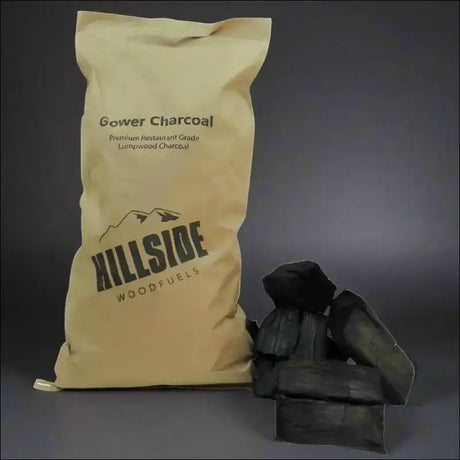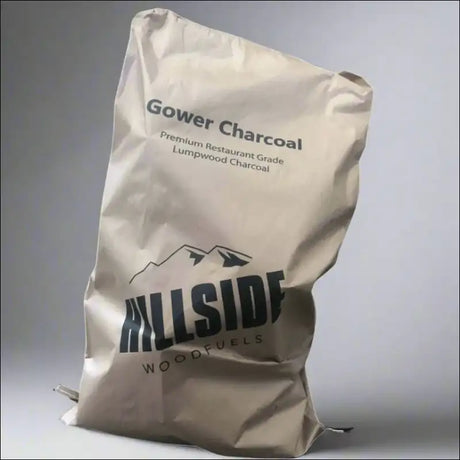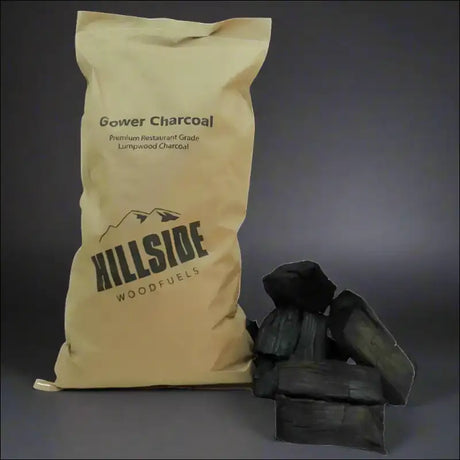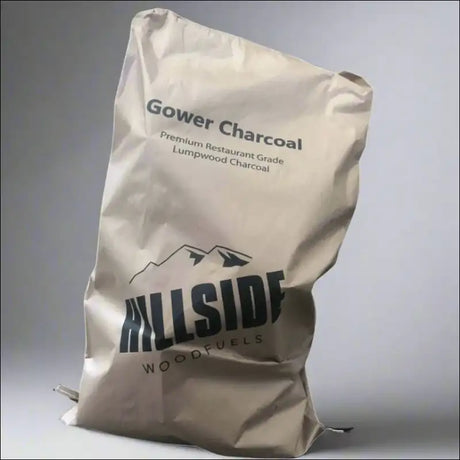Charcoal, it's a word synonymous with barbeques, camping and occasionally art. But have you ever paused to consider the journey charcoal takes to get from tree to your grill? It's a global journey that traces back centuries, with charcoal serving as a natural resource that has fuelled the progression of civilisations over the ages.
As we embark on this exploration of charcoal's origins and uses, we'll delve into its ancient beginnings, traverse across different cultures, and illuminate its contemporary applications. We'll also touch upon the environmental impact and the importance of sustainability in the production and usage of charcoal.
Origins of Charcoal
Ancient Origins
The story of charcoal begins in ancient times. The earliest evidence of charcoal production dates back as far as 30,000 BC, where it was discovered in the caves of early hominids. Archaeologists believe that charcoal was a by-product of fire pits, and our early ancestors quickly learned to harness its potential.
From the Egyptians, who used it for smelting ores, to the Romans utilising it as a fuel source for heating and cooking, charcoal played an integral role in the progression of ancient civilisations.
Traditional Charcoal Production
The art of charcoal production has relatively remained unchanged over the centuries. Traditional charcoal production involves the transformation of wood into charcoal through a process called pyrolysis. This involves heating wood in the absence of oxygen, causing it to break down into charcoal, water, other gases and tar.
The type of wood used can significantly affect the quality of the charcoal produced. This is where sustainable wood, kiln-dried wood and hardwood ash logs play a crucial role in ensuring high-quality charcoal.
Charcoal Across Different Cultures
Charcoal in Asia
In Asia, the use of charcoal extends beyond just fuel. For instance, in Japan, a special type of charcoal known as 'Binchōtan' or white charcoal, is used for purifying water, dehumidifying rooms, and even in cooking for its ability to produce a steady heat.
Charcoal in Africa
In Africa, charcoal serves as the primary source of fuel for cooking and heating, especially in rural areas. However, this heavy reliance on charcoal has led to issues like deforestation and environmental degradation.
Charcoal in Europe
Europe has a rich history with charcoal. Once the primary fuel for the continent's industrial revolution, it's now more commonly associated with barbeques and cooking. More recently, there's been a surge in demand for restaurant-grade charcoal for its superior quality and consistency.
Modern Uses of Charcoal
Cooking and Grilling
The use of charcoal for cooking and grilling is a practice enjoyed worldwide. Charcoal is favoured for the unique flavour it imparts to the food and the high temperatures it can achieve. However, these advantages come with a longer preparation time compared to other fuel options like gas or electric.
Industrial Applications
Charcoal still plays a pivotal role in many industries. It serves as a key ingredient in the production of steel and iron, and it's used in chemical industries as a reductive agent. The challenge lies in balancing the demand for charcoal with sustainable production practices.
Art and Crafts
Charcoal's versatility extends to the world of art and crafts. From sketching to painting, artists favour charcoal for its ability to create a range of effects and tones. The variety of charcoal types, including lumpwood charcoal and compressed charcoal, allows artists to experiment with different styles and techniques.
Health and Wellness
Charcoal, particularly activated charcoal, has found its way into the health and wellness sector. It's used in medicine for its toxin-absorbing properties, and it's become a popular ingredient in beauty and skincare products.
Environmental Impact and Sustainability
Deforestation and Charcoal Production
The production of charcoal has a significant environmental impact, particularly concerning deforestation. The challenge lies in creating sustainable practices that balance the demand for charcoal with the health of our forests. This includes efforts towards reforestation and sourcing alternative charcoal sources like Swedish fire logs.
Carbon Footprint and Emissions
Charcoal production also contributes to carbon emissions, which impact climate change. However, when compared to fossil fuels, charcoal still has a lower carbon footprint. Innovations in production technologies aim to further reduce these emissions, making the journey of charcoal a more sustainable one.
Conclusion
The journey of charcoal, from its ancient origins to its modern uses, is a fascinating one that spans across cultures and continents. Whether it's lighting up a grill, fuelling an industry, or adding depth to a piece of art, charcoal’s uses are as varied as they are vital.
However, in appreciating charcoal's versatility and utility, we must also acknowledge the environmental impact of its production. It's up to us to ensure that the global journey of charcoal continues, but in a way that also sustains the planet we call home. To aid in this journey, wood fuels and firelighters & kindling offer sustainable alternatives that can help us tread more lightly on our planet.
So the next time you spark up your grill or sketch with a charcoal pencil, take a moment to appreciate the global journey that charcoal has embarked upon. It's a journey that intertwines with our own, shaping our past, present, and hopefully, a more sustainable future.








